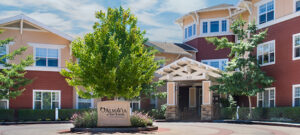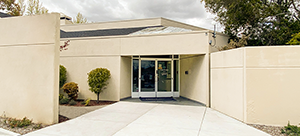For more than half of U.S. adults over the age of 50, bone health is a significant concern. Approximately 54 million people have an elevated risk of low bone mass and osteoporosis, increasing the chances of a devastating fracture.
Bone and Joint Action Week, observed from Oct. 12-20, seeks to raise public awareness about medical conditions including back pain, osteoporosis and arthritis. Bone and Joint Initiative USA, which sponsors the campaign, notes that musculoskeletal disorders can result in reduced quality of life and serious disability.
For older adults, a bone fracture can have debilitating results; one-fifth of older adults who suffer a broken hip die within a year of the injury, whether from the broken bone or the surgery to correct the problem. In addition, sustaining a fracture significantly increases the chances of a repeat injury.
What are some steps older adults can take to protect their bone and joint health?
Eat a Healthy Diet
Research has found that consuming a nutritious diet can assist with prevention and management of osteoporosis and other disorders related to joint and bone health. The International Osteoporosis Foundation advises individuals to get sufficient protein to preserve bone mass as they age. Consumption of fruits and vegetables also appears to aid bone density in older adults.
Use Supplements Wisely
Calcium and vitamin D play crucial roles in joint and bone health. Other vitamins and minerals — including B vitamins, vitamin A, magnesium, zinc and vitamin K — also may help keep bone density at healthy levels and decrease the risk of fractures in older adults. Work with your doctor to determine whether you’re getting enough of these critical nutrients and if supplements might be beneficial.
Stay Active
People who exercise regularly have a lower risk of osteoporosis than do individuals who avoid activity. Experts advise that you try to incorporate different types of activity into your daily routine. Weight-bearing exercises including climbing stairs, walking and tennis can help slow the progression of any bone loss and even help you continue to build bone mass.
Know the Warning Signs
By recognizing the symptoms of arthritis, osteoporosis and other problems with bones and joints, you increase your chances of avoiding serious consequences such as fractures. If you experience pain, tenderness, swelling or stiffness in your joints, see your medical provider.
If you currently have no pain, discomfort or other symptoms of problems with your bones and joints, consider embracing prevention through a healthy diet, doctor-approved supplements, and sufficient exercise. For older adults who experience pain and other symptoms, your doctor can offer a variety of diagnostic tools and effective treatments.




















